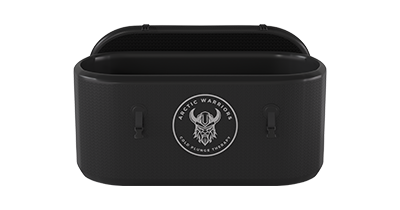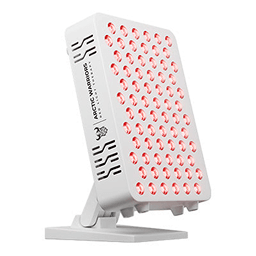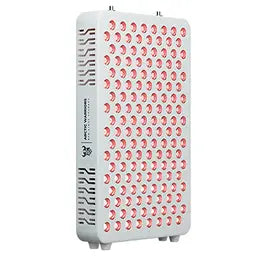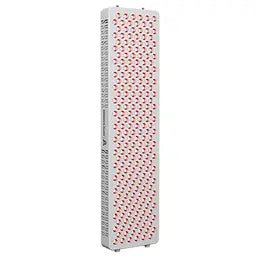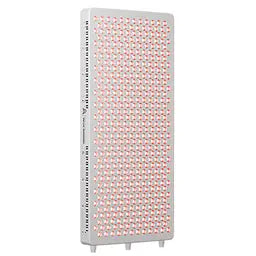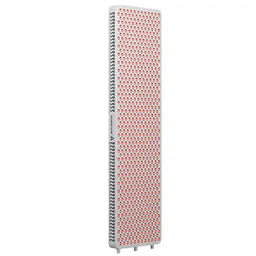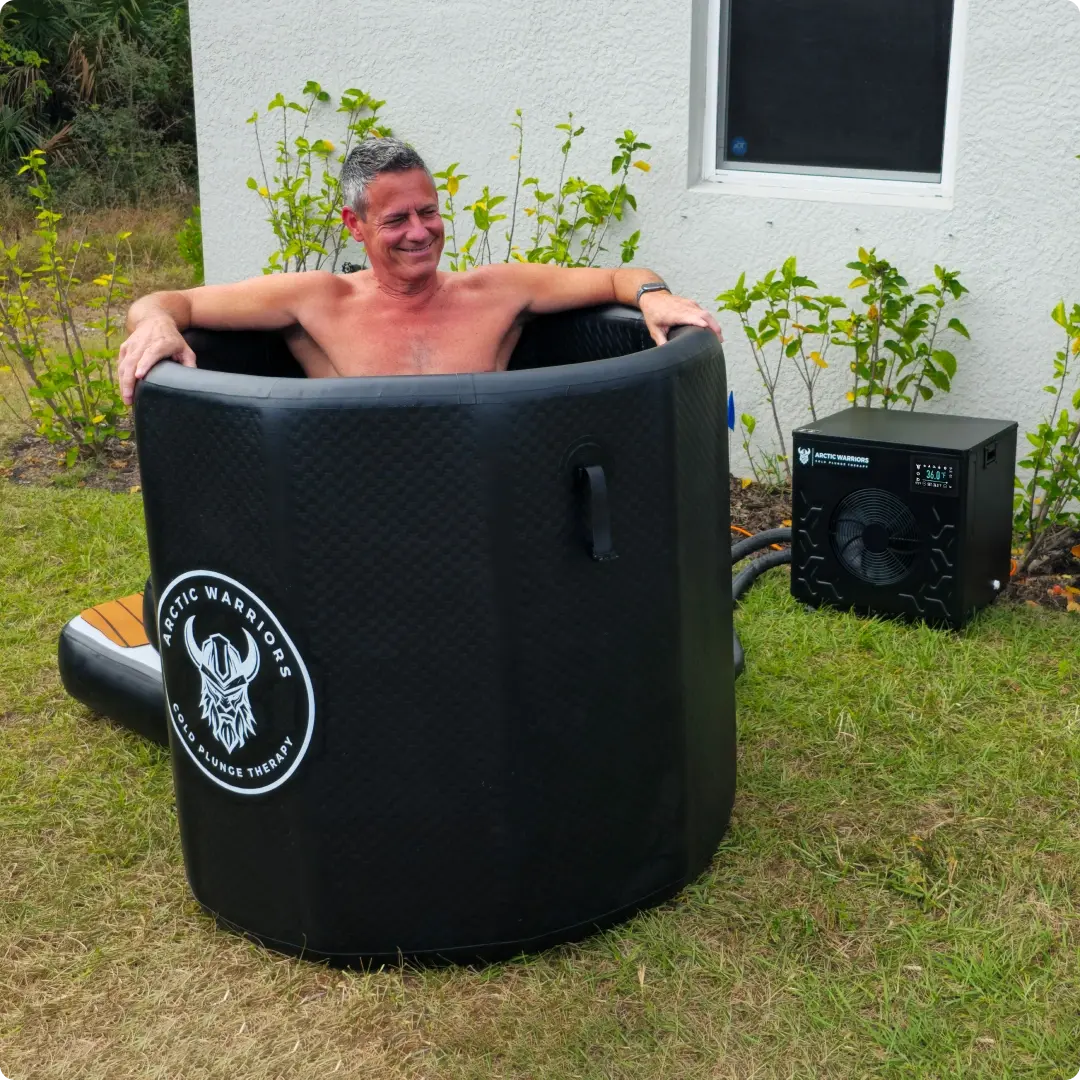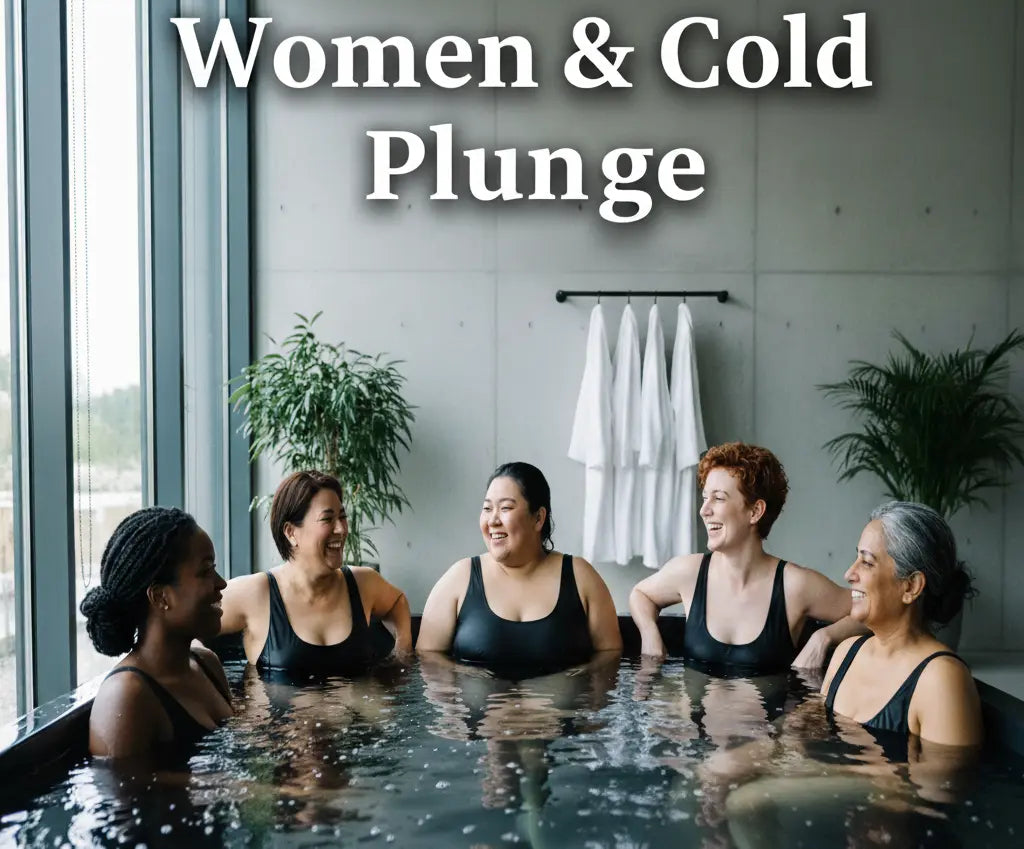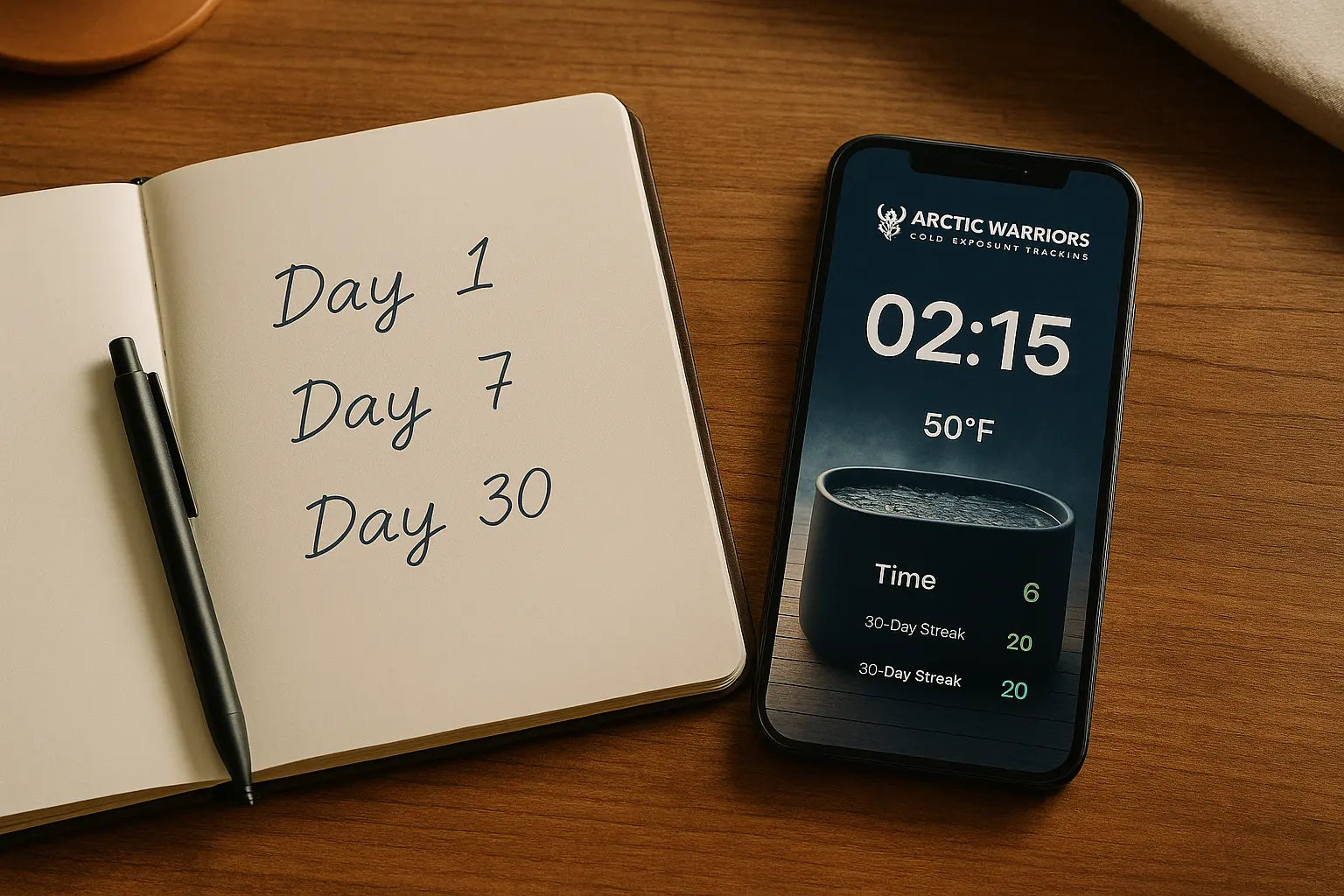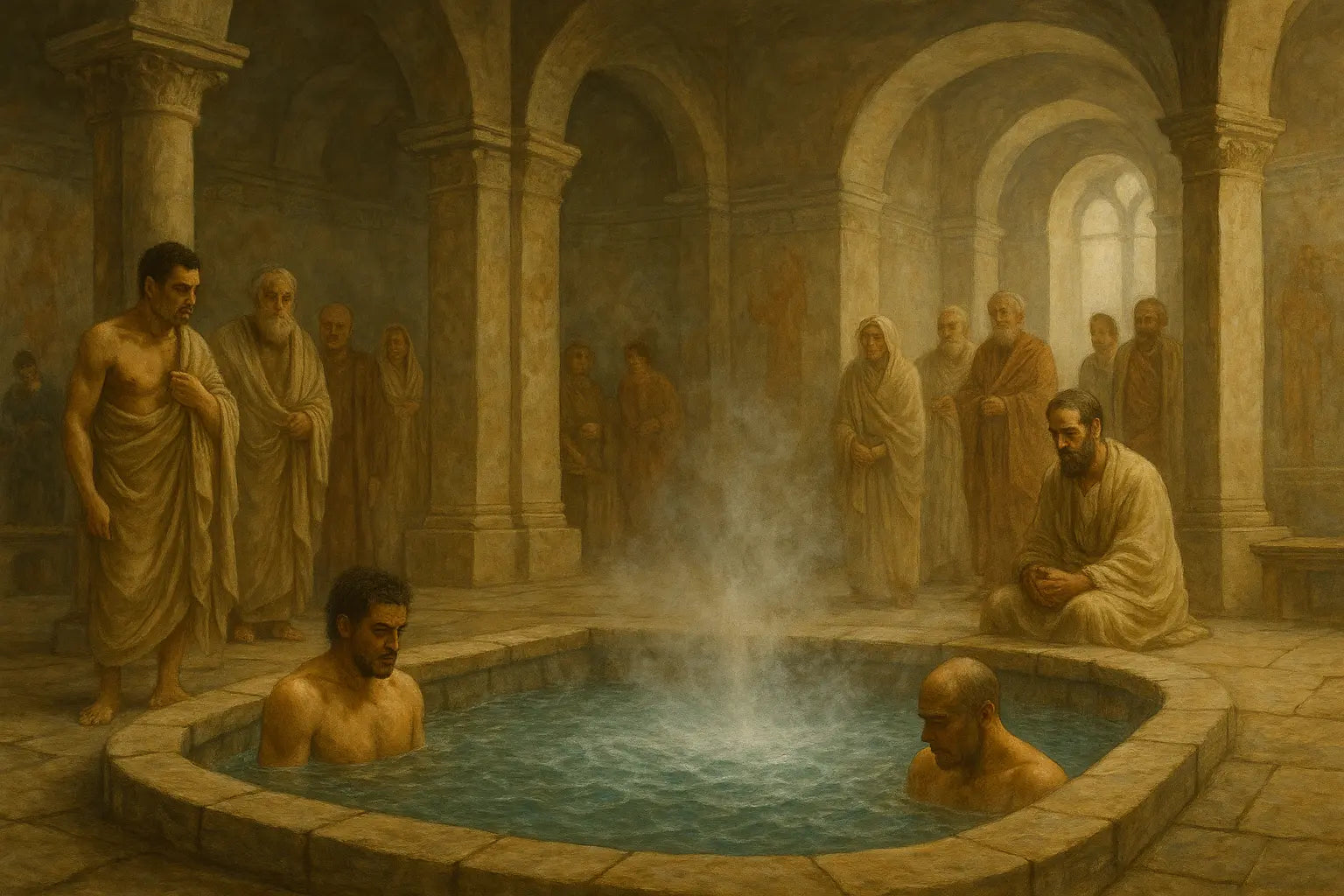Introduction
Have you ever wondered, how long should I stay in a cold plunge to get the most benefits without overdoing it? Let’s dive into the data and best practices to help you find the perfect cold-water timing.

1. Cold Water & Time: What the Research Shows
| Temperature | Beginner Time | Intermediate Time | Advanced Time |
|---|---|---|---|
| 50‑59 °F (10‑15 °C) | 2–4 min | 4–6 min | 6–10 min |
| 40‑49 °F (4‑9 °C) | 1–3 min | 3–5 min | 5–8 min |
| 32‑39 °F (0‑3 °C) | 30 sec–2 min | 2–4 min | 4–6 min |
-
Beginners start slow to avoid shock.
-
Intermediate users build resilience safely.
-
Advanced folks pushing for 6+ minutes should be well-conditioned.
2. Why Time Matters: Benefits Based on Duration
-
1–2 minutes: Boosts circulation, sharpens focus, and reduces inflammation.
-
3–5 minutes: Triggers adrenaline and endorphin release — ideal for stress relief and recovery.
- 5–8+ minutes: Ideal for serious endurance conditioning and cold adaptation, but only for experienced users.
3. Safety Tips — Don’t Overstay It
-
Always start with shorter sessions if you're new.
-
Listen to your body — implement a buddy system if you plunge below 40°F.
-
Warm up gradually after session — towel dry, cover up, and sip warm liquids.
-
Never plunge after alcohol or heavy meals — wait at least an hour.
4. How to Build a Cold-Plunge Routine
-
Week 1–2: 1–2 min at 50–59°F, 3–4 times per week.
-
Week 3–4: Gradually move to 3–5 min or slightly colder temps.
-
Month 2–Onward: Advance at your own pace some users aim for 6+ min in coldest water <40 °F.
5. Real Results from Arctic Warriors Users
“I started with just 90 seconds at 55°F. After two weeks, I dropped to 45°F and hit 4 minutes — my recovery at the gym has shot through the roof!”
— Sarah M
Final Takeaway: Quality > Quantity
Your goal is a smooth, consistent experience — not endurance extremes. Start with shorter durations, build as you adapt, and enjoy the full spectrum of benefits cold plunge therapy offers.







